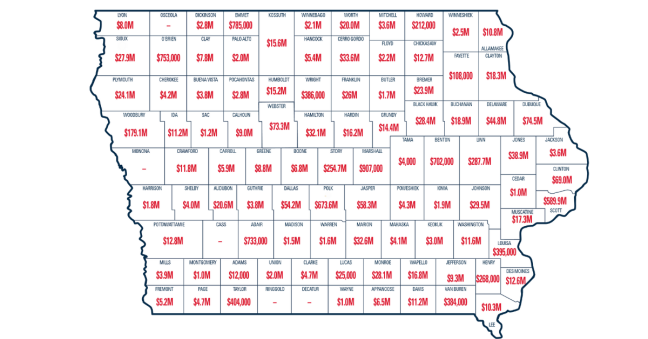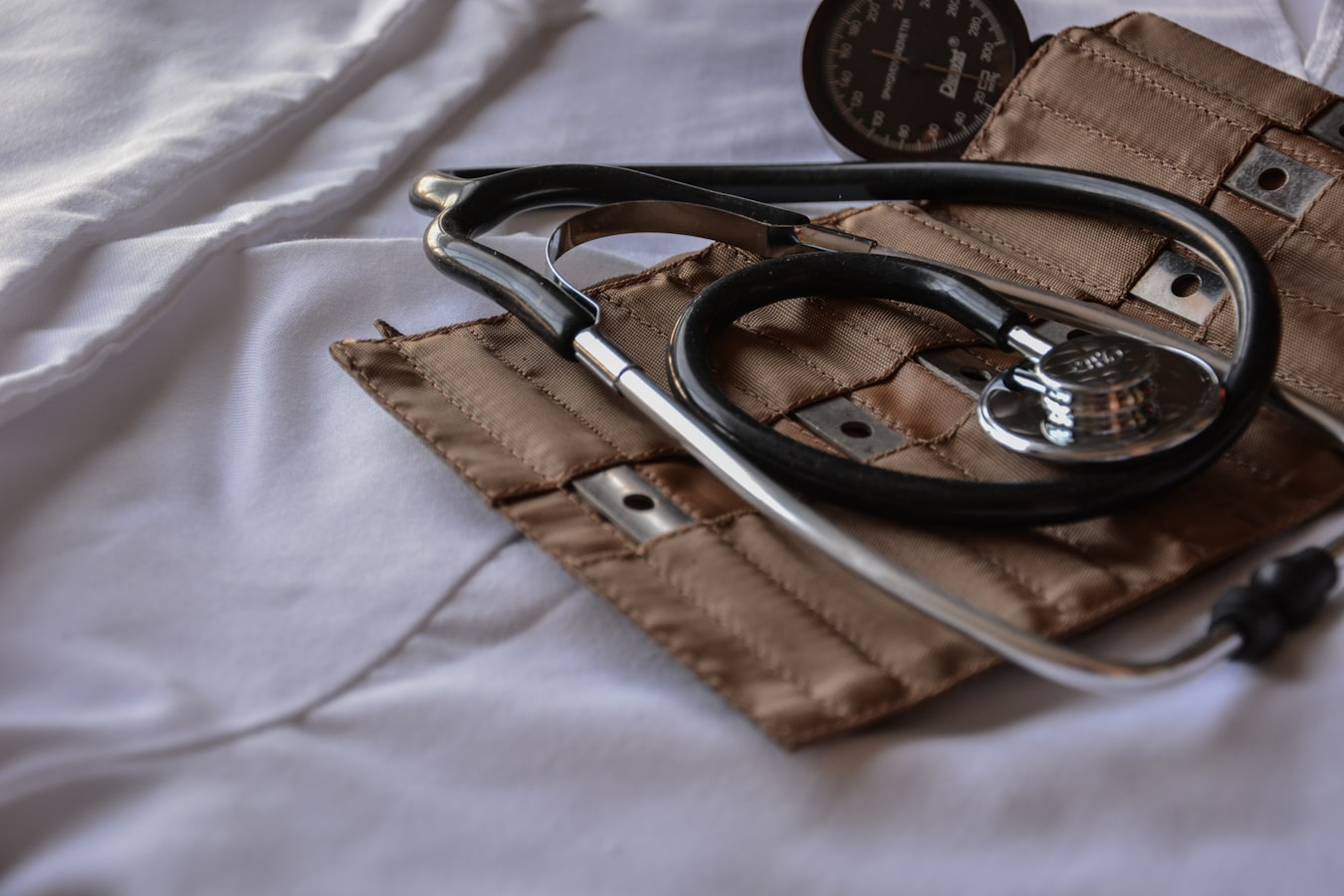Gender bias in physics labs – where women typically work more on the computer and on communication tasks, while men more often handle equipment – is not rooted in personal preference, according to new Cornell research.
A team led by Natasha Holmes, the Ann S. Bowers Assistant Professor in the College of Arts and Sciences, set out to interview and survey physics undergraduates to see what role their preferences play in the well-documented disparities in physics lab courses. The researchers found that the preferences of men and women for engagement and leadership were remarkably similar.
The finding shows there is potential for instructional interventions that could correct the gender inequity in physics labs.
The team’s paper, “Evaluating the Role of Student Preference in Physics Lab Group Equity,” published Jan. 20 in Physical Review Physics. Holmes served as principal investigator and lead author.
“The big gist of what we’re trying to figure out is why is this happening, and how do we mitigate it,” Holmes said. “Are these disparities just about preference and an unfortunate set of stereotypes? But what we find is that, for the most part, men’s and women’s preferences are very similar. Women like handling the equipment just as much as men do. Which raises this question of why are women not being allowed to do the thing they like to do? This rules out one possibility.”
The researchers conducted the initial interviews in fall 2019, and then distributed follow-up surveys in fall 2020, collecting data from a total of 100 undergraduate students in an honors-level physics course. Approximately 70% of the students were physics majors, and the remainder were either undeclared or majored in another science or engineering. Approximately 30% of the students self-identified as women and 70% as men.
The team’s additional findings show that:
- very few students indicated a preference for a single leader in the group
- men and women overwhelmingly had no preference for their group’s gender composition
- women generally preferred sharing, rather than dividing or rotating, roles.
“The interviews also revealed something that is important, ” Holmes said. “When we asked students how these roles get assigned, everyone said, ‘I don’t know, it just kind of happens.’ So they’re not really having explicit conversations about whose turn is it. It’s just all very implicit, and everyone’s trying to be casual.”
“I think this shows that no one wants to be the boss and tell people what to do,” Holmes said. “And that leads to this sort of chaos and lack of authority. That’s where we think these gender dynamics and implicit biases and assumptions kind of play out.”
The good news is that since a lack of structure may be allowing biases to flourish, instructors can play a larger role in ensuring more equity in the lab groups, which usually consist of three to four people. Though that, too, may present its own set of challenges.
“It sort of flies in the face of what we’ve been doing in the labs, and across the campus, this movement towards students being a little bit more agentic and really taking control of their learning,” Holmes said. “So I think this sets us up for a really interesting tension. You don’t want to over-structure something and tell students what to do. But at the same time, if you leave it totally open, we’ve got these problems festering. So what’s a good way to intervene without being overly prescriptive?”
Holmes now plans to study how student preferences evolve over time, as well as dig deeper into the preferences of students who aren’t physics majors. Her team is also experimenting with designing lab groups that bring together students who share the same preferences, to better balance lab roles.
Co-authors include Sophia Jeon ’21; former Active Learning Initiative postdoctoral researcher Yasemin Kalender; doctoral student Emily Stump; and researchers from Loyola University, Kansas State University and University of Calgary.
The research was supported by the National Science Foundation.









